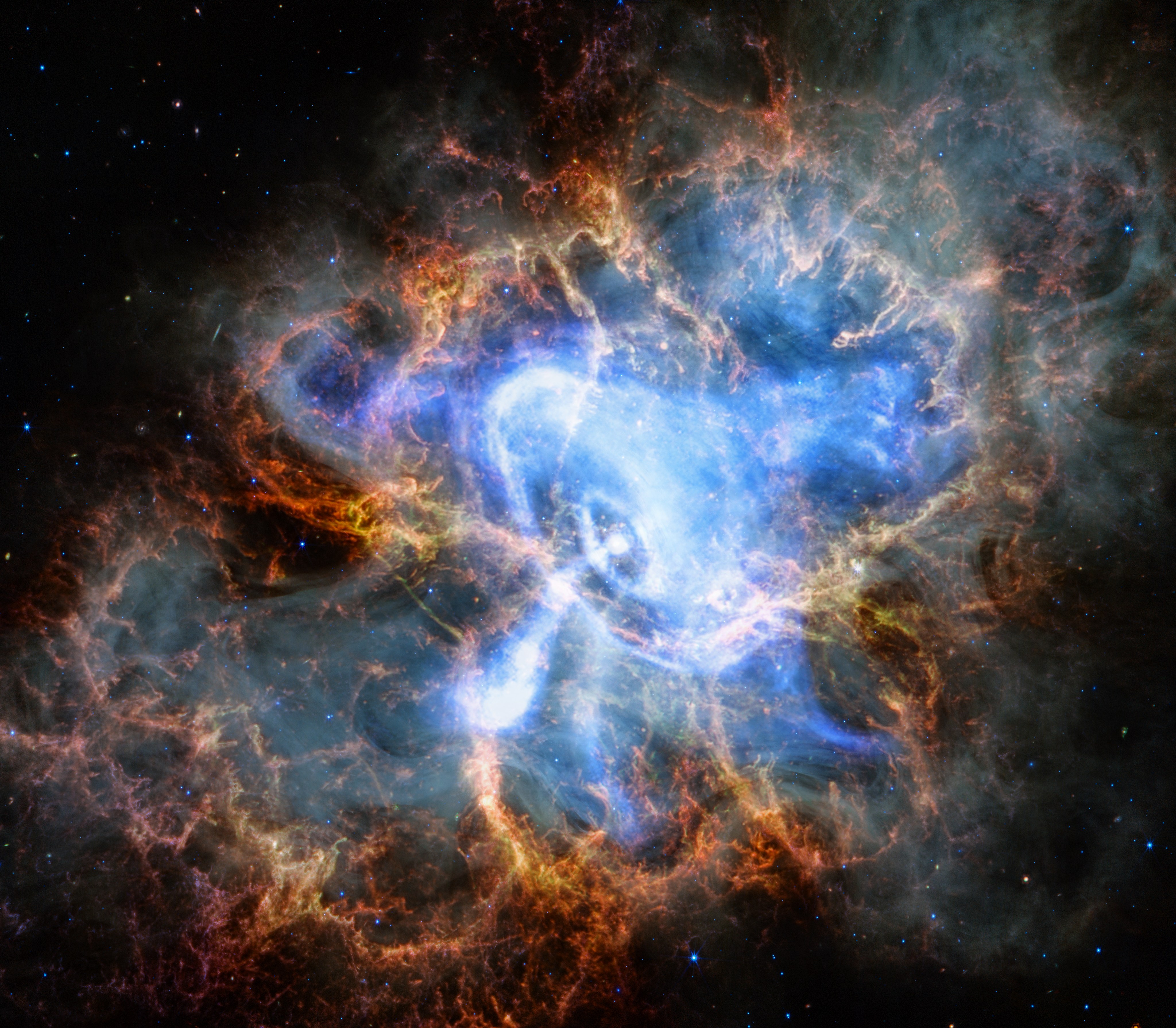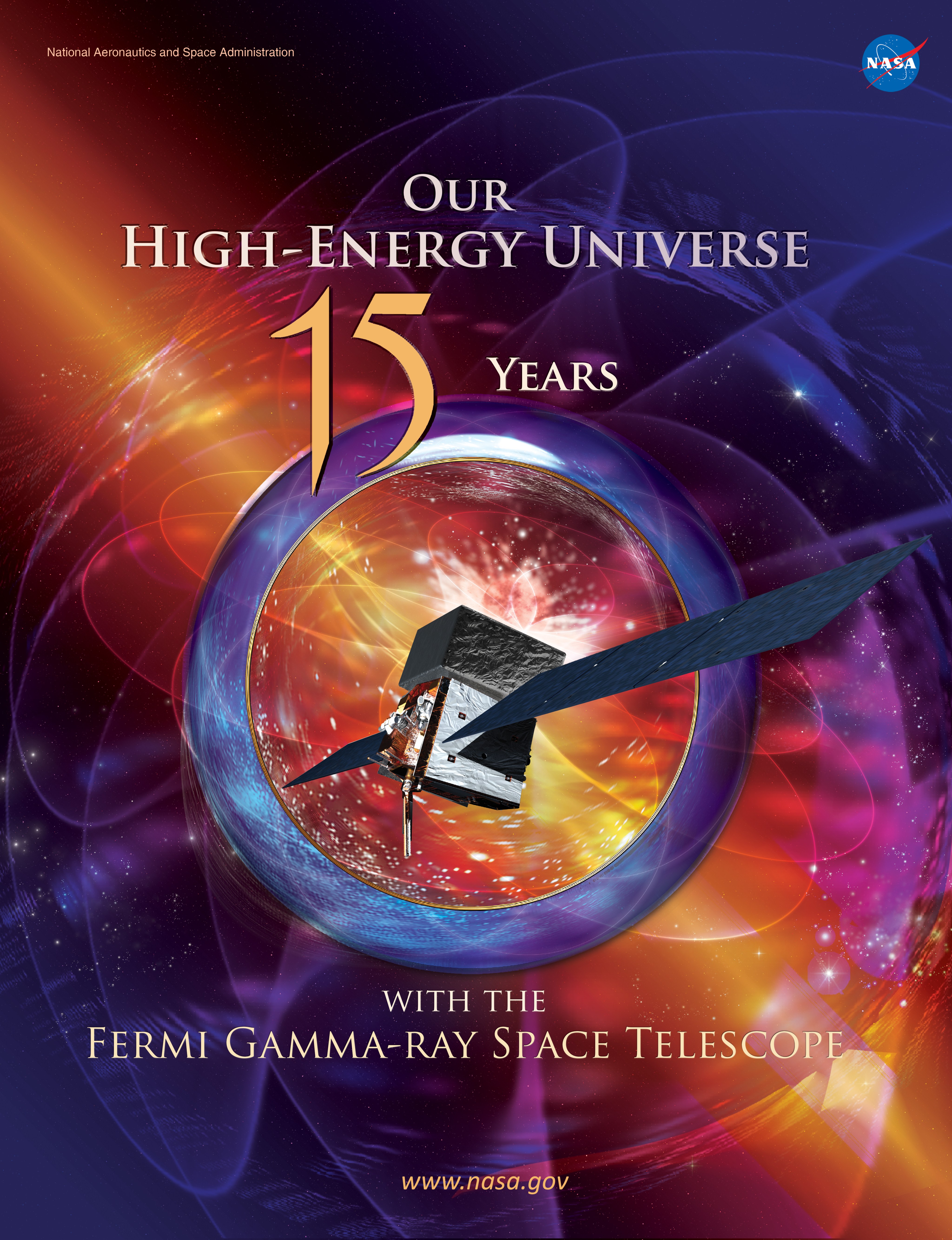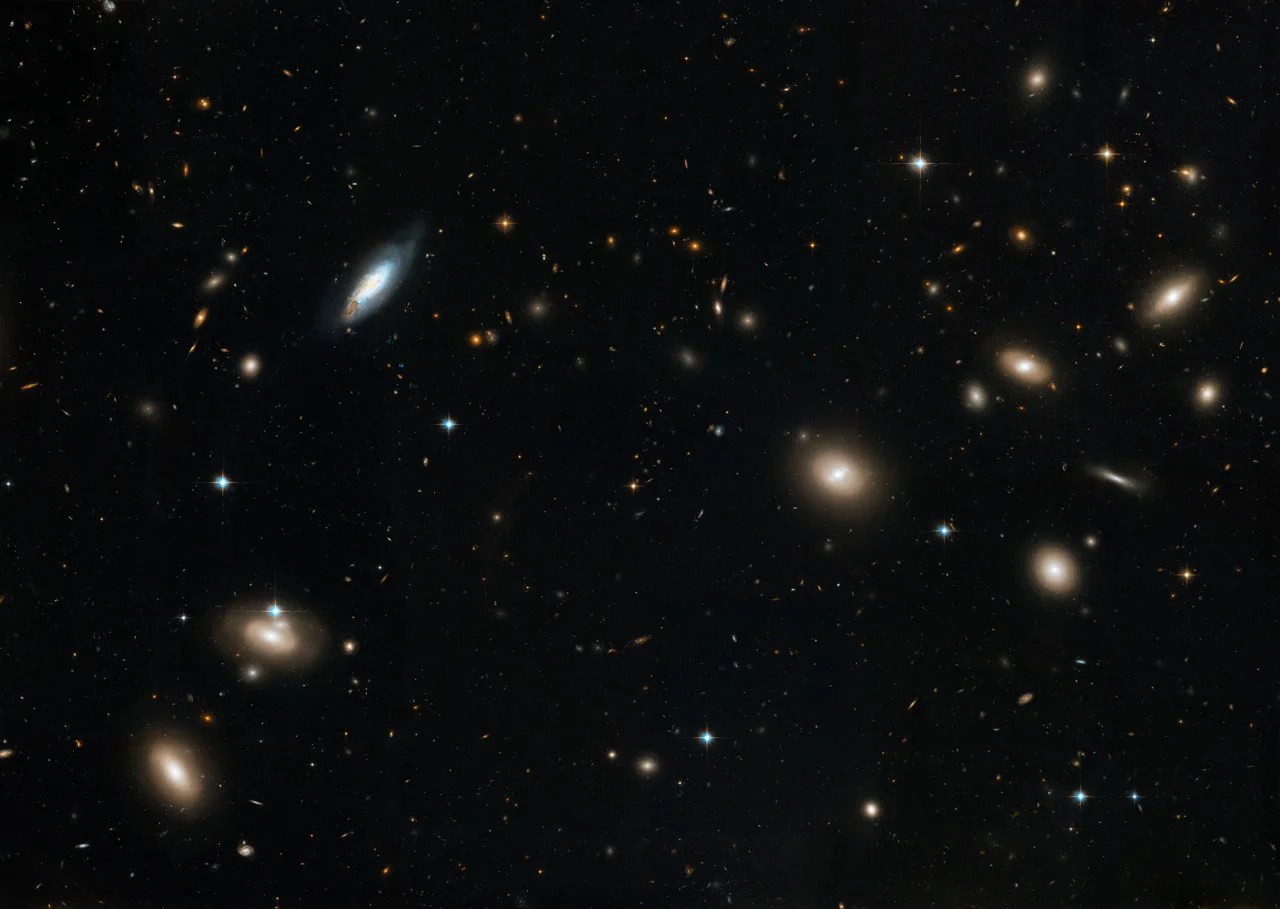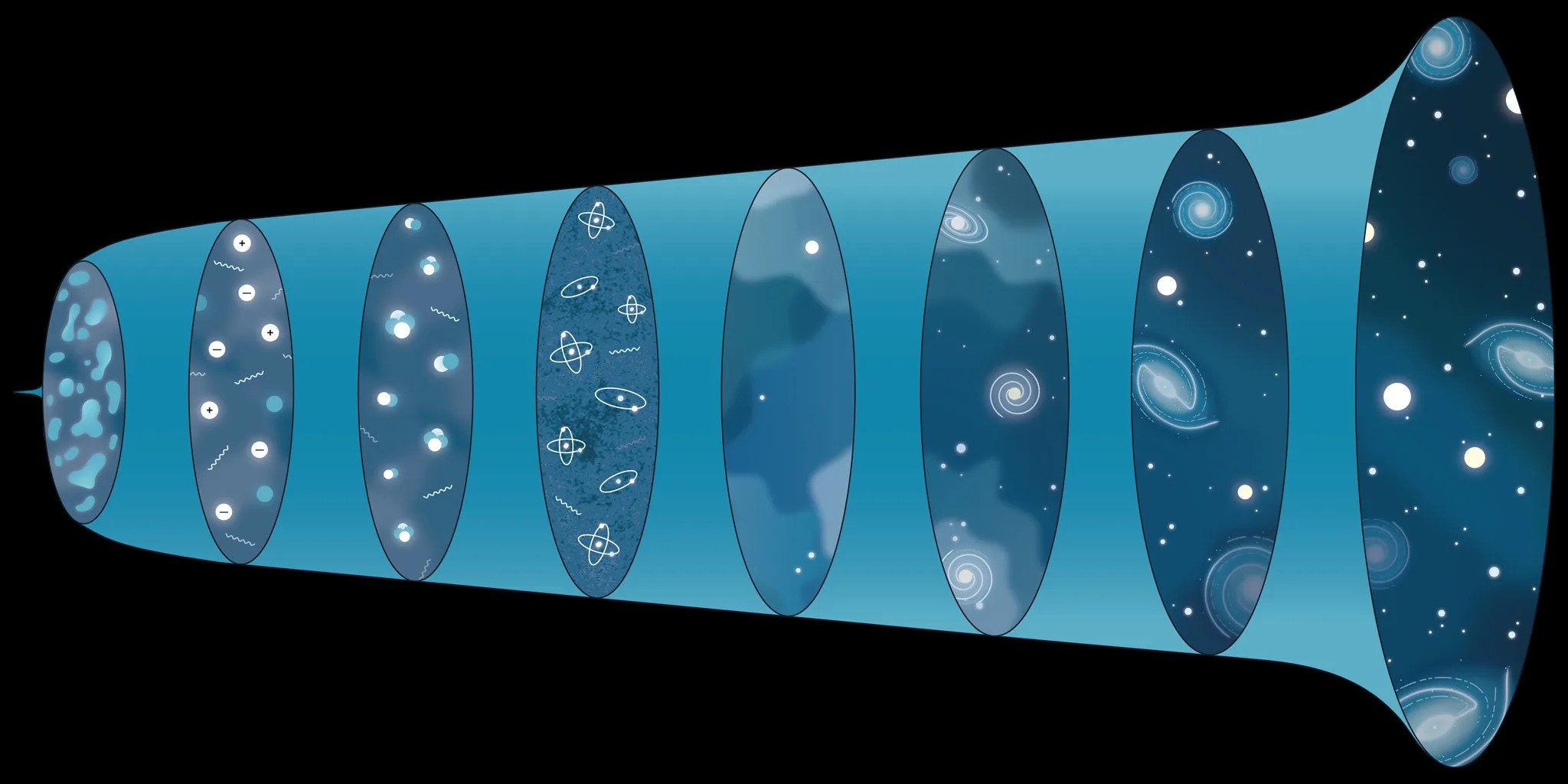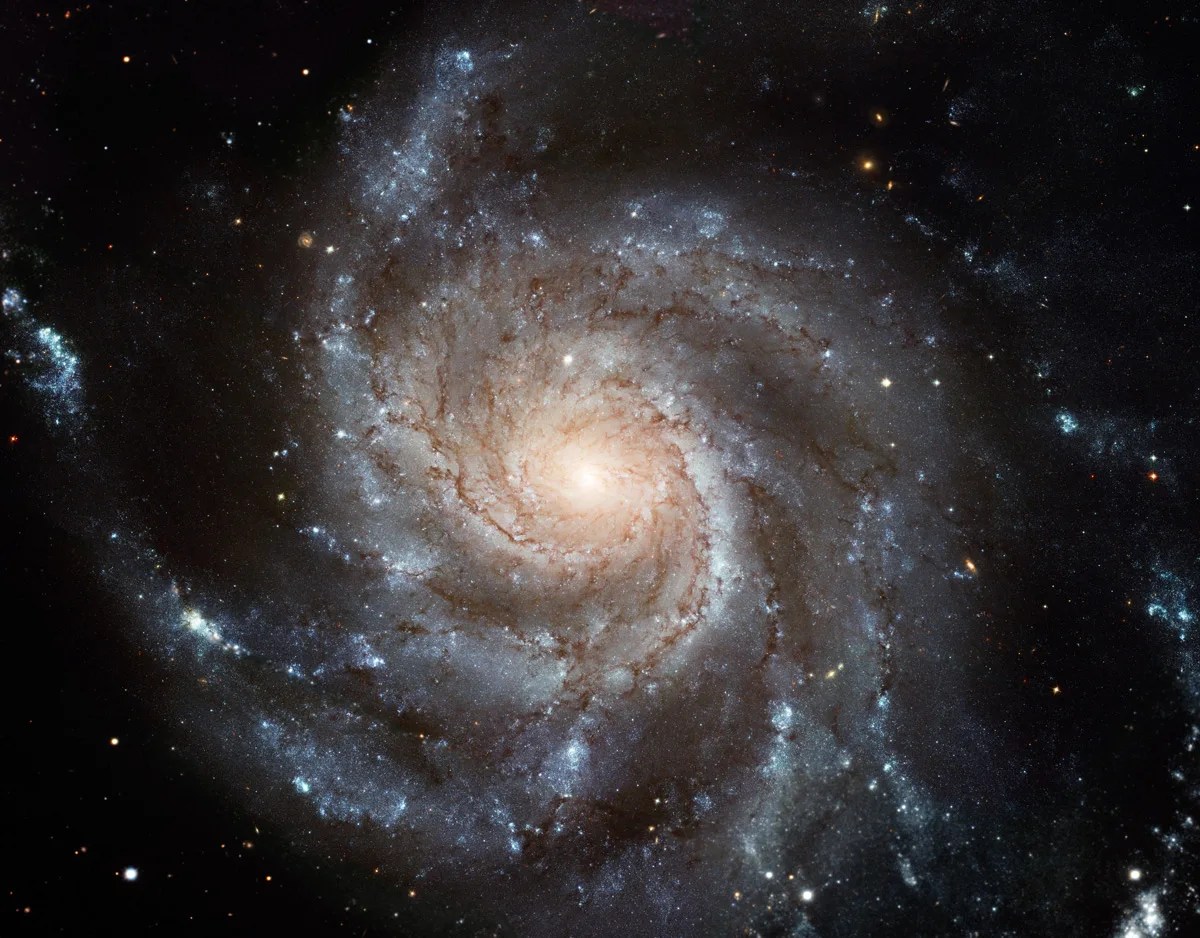4 min read
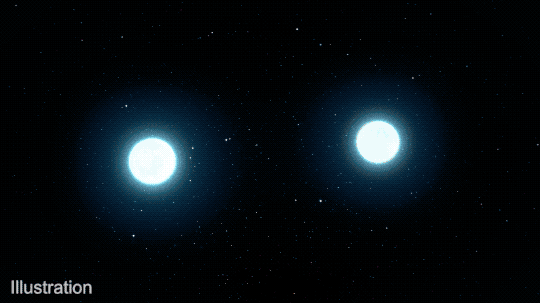
Relationships can be complicated – especially if you’re a pair of stars. Sometimes you start a downward spiral you just can’t get out of, eventually crash together, and set off an explosion that can be seen 130 million light-years away.
Let’s explore the bonds between some of the universe’s notable couples … as well as a few of their cataclysmic endings.
Stellar Couples
When you look at a star in the night sky, you may really be viewing two or more stars dancing around each other. Scientists estimate three or four out of every five Sun-like stars in the Milky Way have at least one partner. Take our old north star Thuban, for example. It’s a binary, or two-star, system in the constellation Draco.
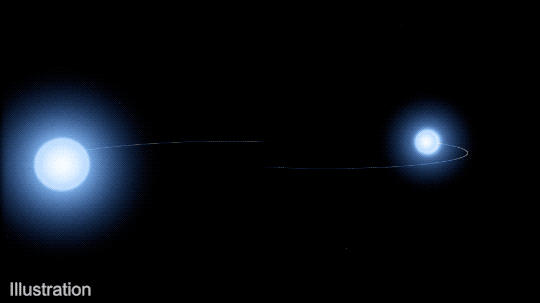
Alpha Centauri, our nearest stellar neighbor, is actually a stellar triangle. Two Sun-like stars, Rigil Kentaurus and Toliman, form a pair (called Alpha Centauri AB) that orbit each other about every 80 years. Proxima Centauri is a remote red dwarf star caught in their gravitational pull even though it sits way far away from them (like over 300 times the distance between the Sun and Neptune).
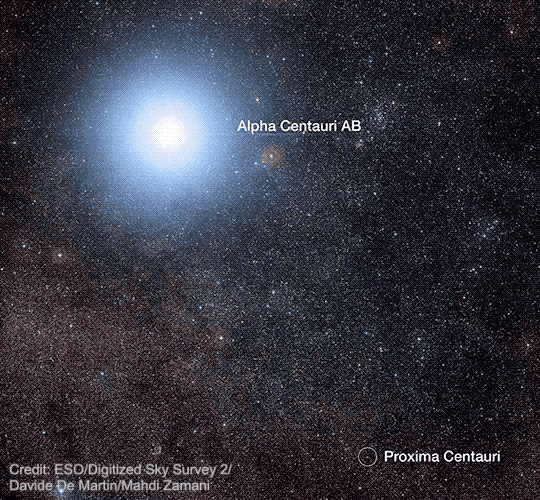
Sometimes, though, a stellar couple ends its relationship in a way that’s really disastrous for one of them. A black widow binary, for example, contains a low-mass star, called a brown dwarf, and a rapidly spinning, superdense stellar corpse called a pulsar. The pulsar generates intense radiation and particle winds that, over millions to billions of years, blow away at all the material of the other star.
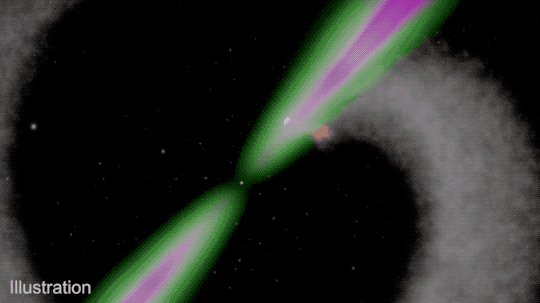
Black Hole Beaus
In romance novels, an air of mystery is essential for any love interest, and black holes are some of the most mysterious phenomena in the universe. They also have very dramatic relationships with other objects around them!
Scientists have observed two types of black holes. Supermassive black holes are hundreds of thousands to billions of times our Sun’s mass. One of these monsters, called Sagittarius A* (the “*” is pronounced “star”), sits at the center of our own Milky Way. In a sense, our galaxy and its black hole are childhood sweethearts – they’ve been together for over 13 billion years! All the Milky-Way-size galaxies we’ve seen so far, including our neighbor Andromeda (pictured below), have supermassive black holes at their center!
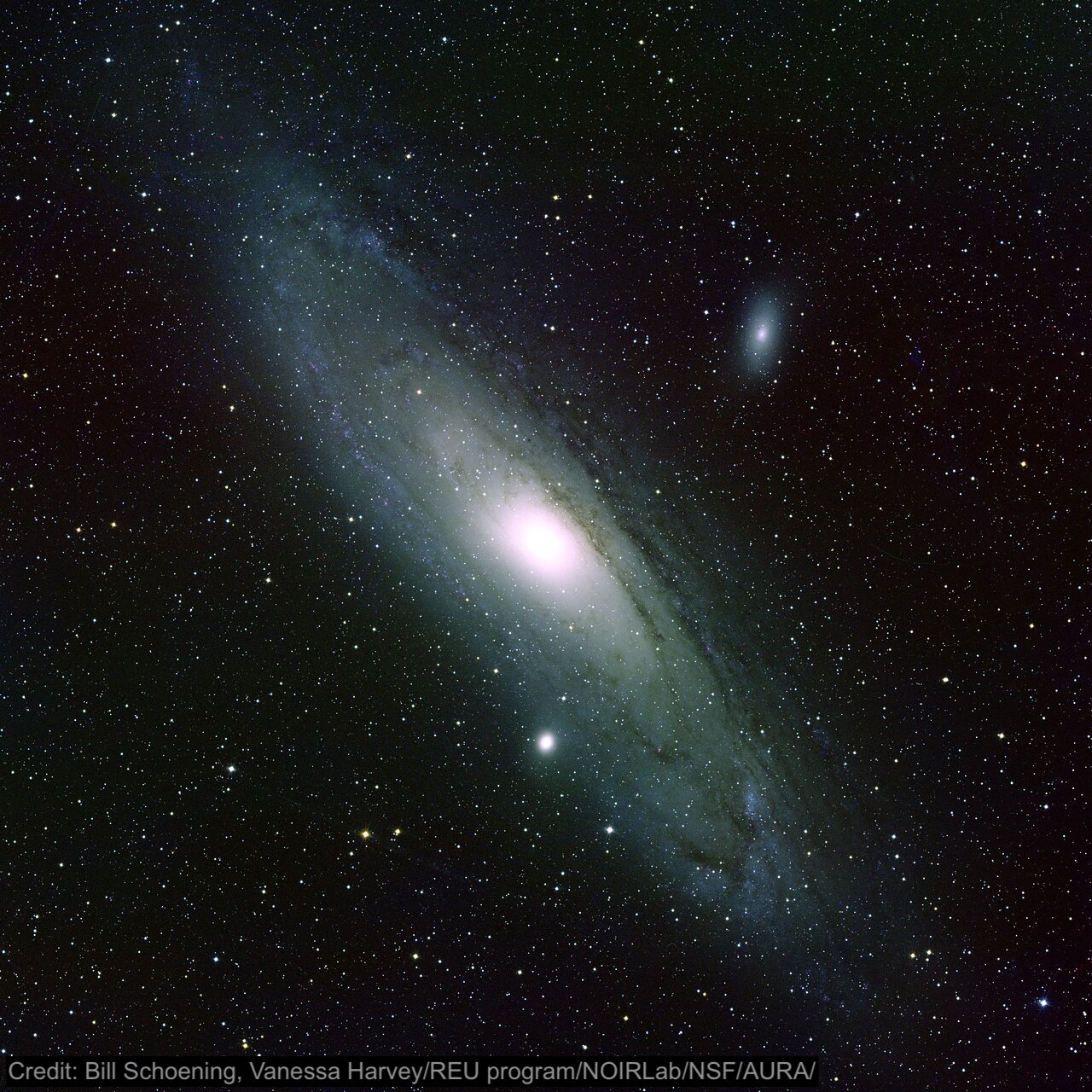
These black-hole-galaxy power couples sometimes collide with other, similar pairs – kind of like a disastrous double date! We’ve never seen one of these events happen before, but scientists are starting to model them to get an idea of what the resulting fireworks might look like.
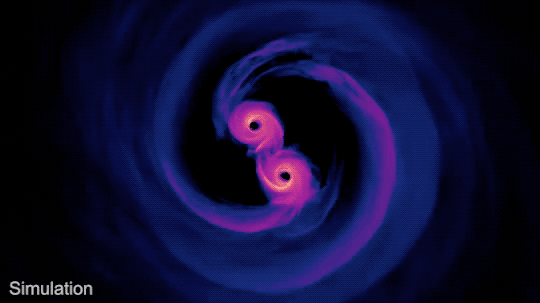
One of the most dramatic and fleeting relationships a supermassive black hole can have is with a star that strays too close. The black hole’s gravitational pull on the unfortunate star causes it to bulge on one side and break apart into a stream of gas, which is called a tidal disruption event.
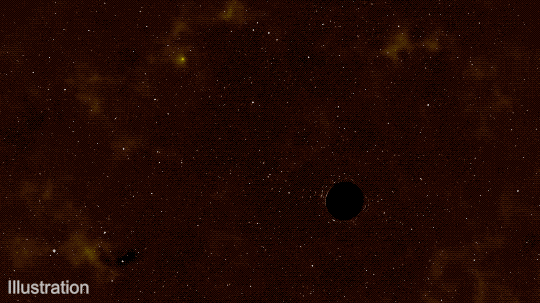
The other type of black hole you often hear about is stellar-mass black holes, which are a few to hundreds of times the Sun’s mass. Scientists think these are formed when massive stars go supernova. If there are two massive stars in a binary, they can leave behind a pair of black holes that are tied together by their gravity. These new black holes spiral closer and closer until they crash together and create a larger black hole. The National Science Foundation’s LIGO project has detected many of these collisions through ripples in space-time called gravitational waves.
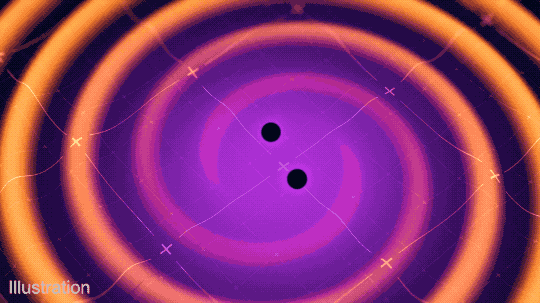
Here’s hoping your relationships are more like a peacefully spiraling stellar binary and less like a tidal disruption! Learn how to have a safe relationship of your own with black holes here.


